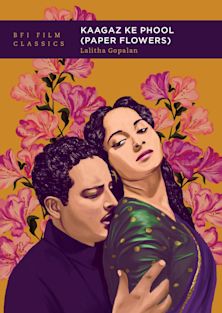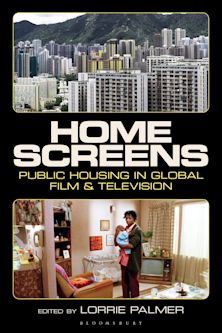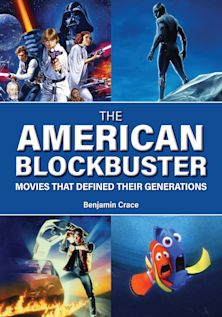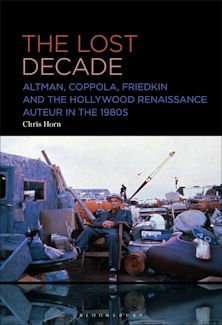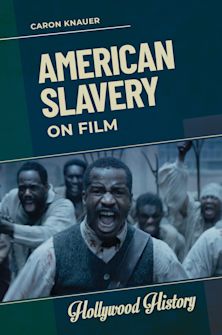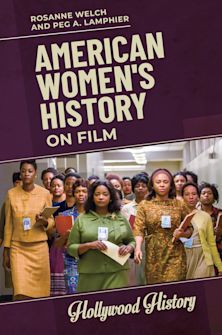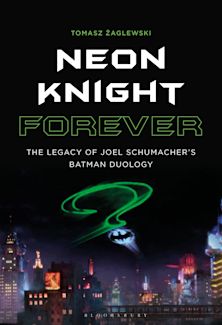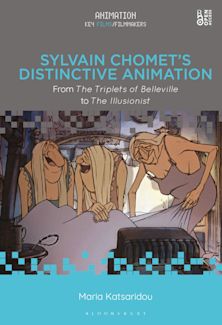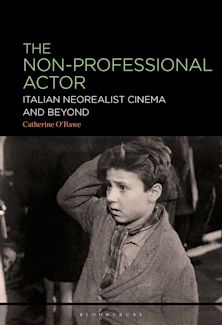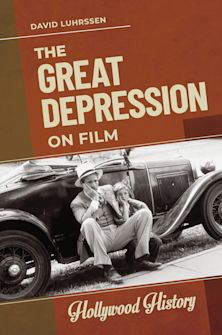Bloomsbury Home
Payment for this pre-order will be taken when the item becomes available
- Delivery and returns info
-
Free CA delivery on orders $40 or over
Description
The Korean Cinema Book provides a new and authoritative overview of one of the world's most dynamic and celebrated filmmaking regions. From the period of Japanese colonial rule in the early twentieth century to the unprecedented success of Bong Joon-Ho's Parasite, which won Best Film at the 2020 Academy Awards, it covers one hundred years of industry change and transformation across the peninsula.
The chapters approach the subject from multiple and innovative scholarly perspectives. They encompass key areas of activity such as film policy, regulation, technology, and exhibition; genres such as melodrama, comedy and the blockbuster; North Korean cinema; and contemporary developments in the transnational production, circulation and reception of globalized South Korean movies. Many of the topics have never been discussed before in English-language scholarship, making this unique publication essential reading for anyone seeking to develop their understanding of Korea's vital cinematic traditions.
At a time when Korean films continue to capture the hearts and minds of audiences around the world, The Korean Cinema Book offers fresh perspectives on the full breadth of Korean cinema history.
Table of Contents
Notes on Contributors
Introduction
Nikki J. Y. Lee and Julian Stringer
PART I: HISTORICAL TRAJECTORIES
1. Film Policy and Censorship
Darcy Paquet
2. The History of Korean Film Technology: From Colonial Joseon Cinema to Banghwa of the 1980s
Chonghwa Chung
3. Mass Production System and Film Exhibition Sector: Power Dynamics Within the Korean Film Industry in the 1960s and 1970s
Junhyung Cho
4. Film Stars and Performance: Historicizing Cross-Cultural Engagement
Chung-kang Kim
5. Exploring Contemporary Korean Cinema Soundscapes
Julian Stringer
PART 2: COLONIAL CINEMA
6. Film Audiences without Movie Theaters: Early Korean Film Culture, 1897-1919
Dong Hoon Kim
7. Invaded Homeland: Colonialism, Early Cinema and Film Technology
Moonim Baek
8. Urban Life of Colonial Joseon and Turning Point of the Youngsters (1934)
Minah Jeong
PART 3: POST-WAR GENRES9. Bitter But Once Again: On Sinpa and Melodrama as Modern Korean Cinematic and Cultural Modes
Eunson Cho
10. State, Family and Laughter: Comedy Movies from the Late 1950s to the 1970s
Gwan-gyu Moon
11. A Mode of Articulation Between the Public and the Private Realms in Women's Movies of the 1970s
Hye-Jin Hwang
12. South Korean Political Documentaries
Eunkwang Huh
13. The Evolution of Korean Blockbusters
Nikki J.Y. Lee and Julian Stringer
PART 4: NORTH KOREAN CINEMA
14. Making of a Cinema State: A Study on Socialist Film Aesthetics with a Focus on 'On the Art of the Cinema'
Sunah Kim
15. A Study on Femininity in Juche Films
Myung Ja Lee
16. The Other Side of the Same Coin: The Pyongyang International Film Festival
Derek Elley
PART 5: CONTEMPORARY TRANSNATIONAL FILM CULTURES
17. You Mean CJ Doesn't Stand for Cinema Justice?
Kyung Hyun Kim
18. What Price Glory?: Transnational Cannon Formations and the Double Encoding of Korean Art Cinema
Hye Seung Chung
19. Branding Korean Cinema: Orientalism, Asia Extreme, and the Circulation of South Korean Films in the UK
Daniel Martin
20. 'At Stake Is Nothing Less Than My Body!': The Border-Crossing Body in Traffickers and Stateless Things
Juyeon Bae
21. Mapping Sinicization and Corporatization in Sino-Korean Screen Collaborations: Mr. Go (2013), Dexter Studios, and the Power of Leverage
Nikki J.Y. Lee and Julian Stringer
Select Bibliography
Index
Product details
| Published | Apr 16 2026 |
|---|---|
| Format | Paperback |
| Edition | 1st |
| Extent | 352 |
| ISBN | 9781844574254 |
| Imprint | British Film Institute |
| Illustrations | 60 bw illus |
| Dimensions | 246 x 189 mm |
| Publisher | Bloomsbury Publishing |











